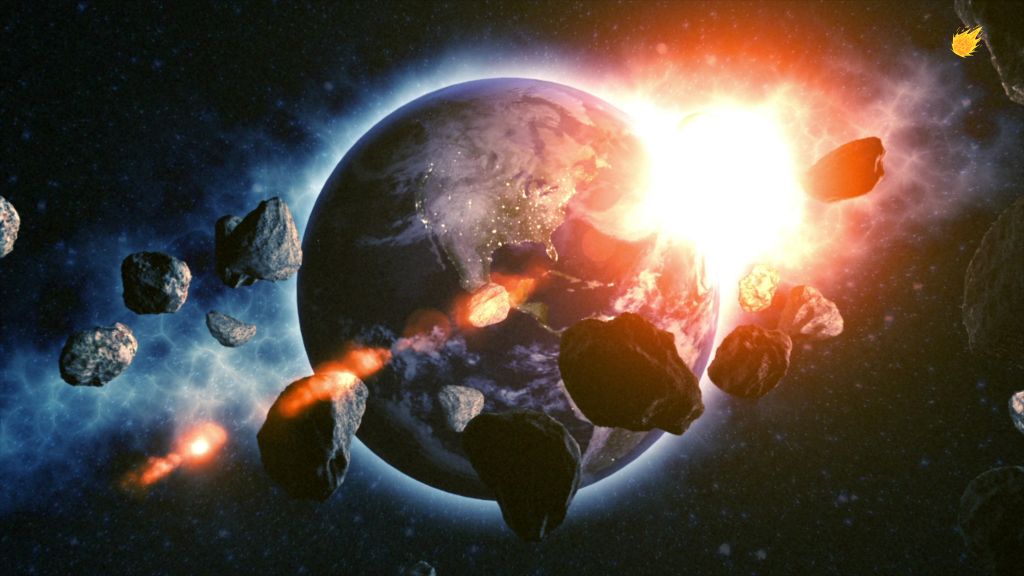Asteroid 2024 YR4 Update: After months of detailed observations and analysis, scientists have confirmed that asteroid 2024 YR4 no longer poses a threat to Earth, putting an end to earlier concerns about a potential collision in 2032. Discovered in December 2023, this near-Earth asteroid initially raised alarms with a 3% chance of impacting Earth. However, updated calculations from NASA and the European Space Agency (ESA) have drastically reduced the risk, with ESA estimating a 0.001% chance and NASA placing it at 0.004%.
How Scientists Determined the Asteroid’s Safety
When asteroid 2024 YR4 was first detected, its trajectory suggested a small but notable risk of impacting Earth in 2032. As more data was collected and shared with the Minor Planet Center, NASA’s Jet Propulsion Laboratory (JPL) refined its models of the asteroid’s path. The latest analysis confirms that 2024 YR4 will not come close enough to Earth to pose any significant threat in the next 100 years.
Could Asteroid 2024 YR4 Hit the Moon?
While the risk to Earth has been eliminated, scientists are now exploring the possibility of 2024 YR4 colliding with the Moon. Current estimates suggest a 1.7% chance of a lunar impact on December 22, 2032. Although this remains unlikely, it highlights the importance of continued monitoring of near-Earth objects.
NASA’s Ongoing Monitoring Efforts
NASA’s Planetary Defense Coordination Office is actively tracking 2024 YR4 using a network of observatories. In March, the James Webb Space Telescope will observe the asteroid to gather critical data on its size, composition, and other characteristics. This information will not only aid in planetary defense but also contribute to broader scientific research on asteroids.
Asteroid 2024 YR4: A Test Case for Planetary Defense
The case of 2024 YR4 has provided a unique opportunity for NASA and its global partners to test and improve planetary defense strategies. From trajectory modeling to risk communication, this asteroid has allowed scientists to refine their systems for detecting and responding to potential threats from space.
Stay Informed with NASA’s Sentry System
For those interested in tracking near-Earth asteroids, NASA’s automated Sentry system provides up-to-date information on all known objects that could pose a risk. This tool ensures that scientists and the public remain informed about potential cosmic threats.
Why Planetary Defense Matters
While 2024 YR4 is no longer a concern, its journey through our solar system underscores the importance of planetary defense. By advancing technology and improving our ability to predict and mitigate risks, scientists are working to protect Earth from future asteroid impacts.
Key Takeaways
- Asteroid 2024 YR4 no longer poses a threat to Earth.
- NASA and ESA have reduced the impact risk to near zero.
- A 1.7% chance remains for a lunar impact in 2032.
- NASA will continue monitoring using the James Webb Space Telescope and ground-based observatories.
- The asteroid has provided valuable insights for improving planetary defense strategies.
By staying vigilant and leveraging advanced technology, scientists are ensuring that humanity is prepared for any future threats from space. For the latest updates on near-Earth asteroids, visit NASA’s Sentry page and stay informed about the cosmos.
Also Read: How Do Astronauts Get Dressed in Space? Don Pettit’s Genius Pants Hack Will Amaze You!
My Name is Keshav Jha, I am passionate journalist with a knack for delivering engaging stories in the realms of entertainment and health. I am Known for my sharp insights and dynamic storytelling, also keeps readers informed about the latest in celebrity news, movies, wellness trends, and healthcare innovations.










